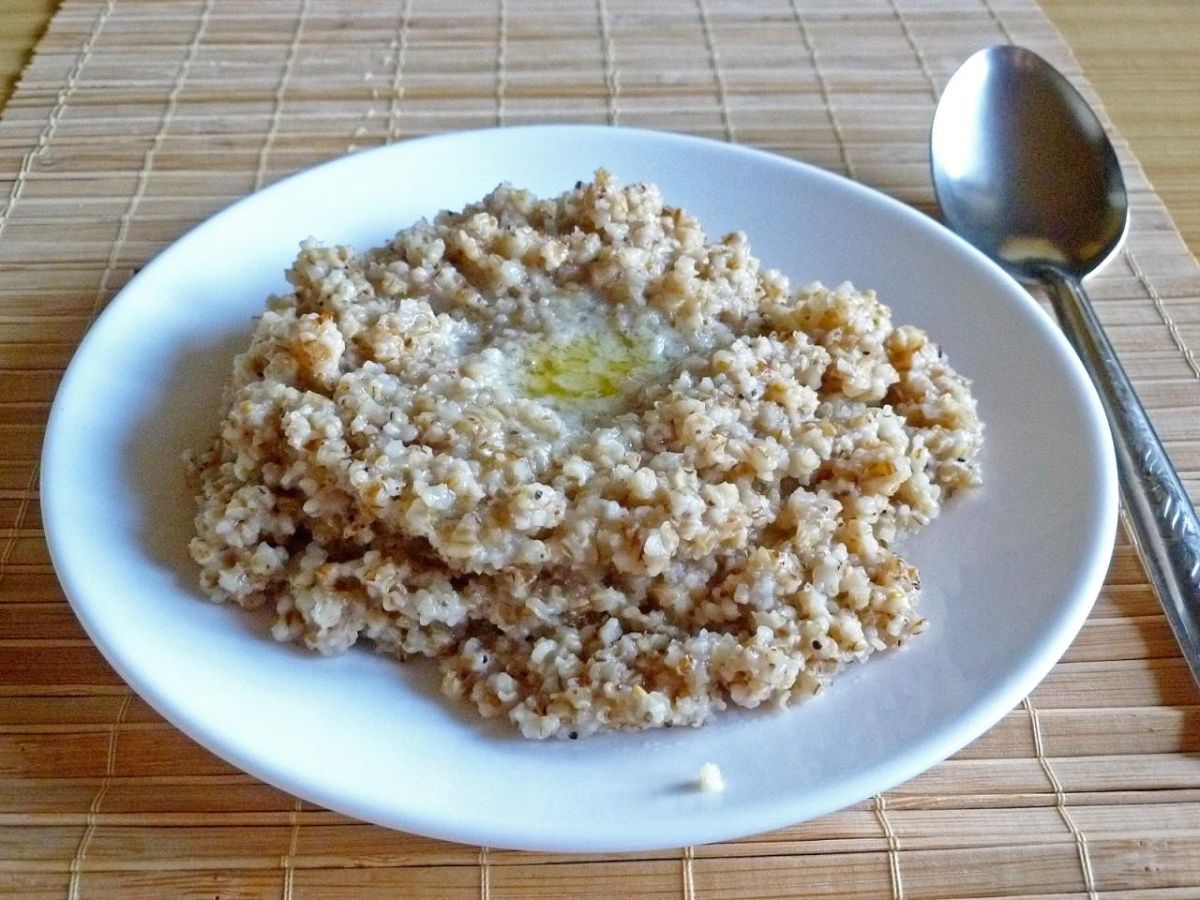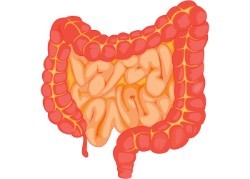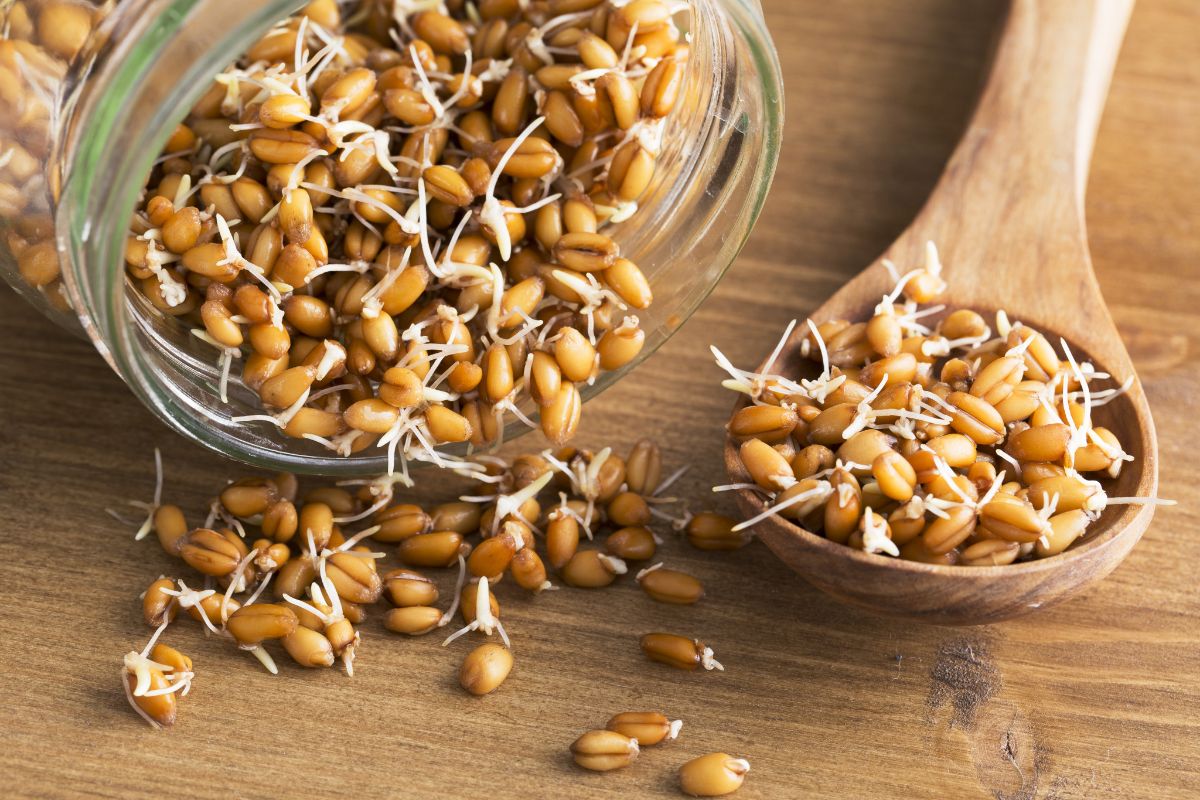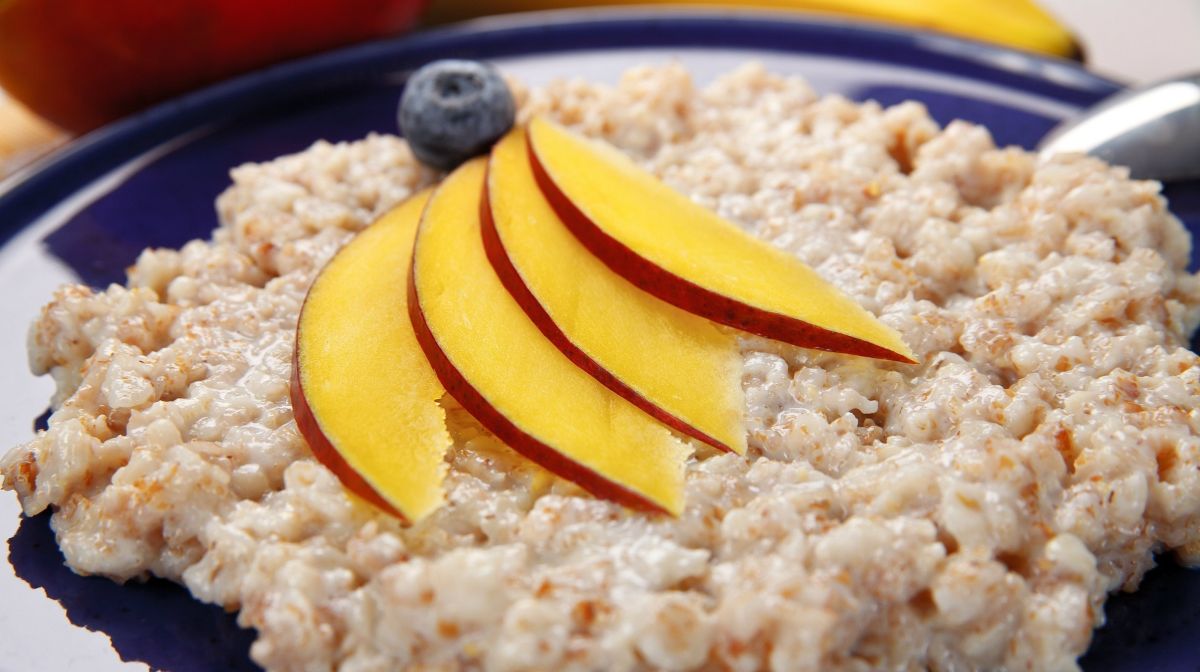What are the benefits of barley groats and porridge for health — 7 facts
Barley porridge (razg. yacha is a popular and nutritious dish based on barley groats, which is obtained by crushing whole grains that have not been ground. As a result, porridge retains almost the entire volume of dietary fiber, as well as valuable minerals and vitamins inherent in whole grain barley.
Due to its rich composition, barley porridge has a number of beneficial properties for humans. Regular consumption of the dish is associated with good health and longevity, as well as a lower risk of developing common diseases.
7 useful properties
Below are 7 basic facts about the benefits of barley porridge (based on evidence).
1. It has a rich composition

Barley groats are an extremely nutritious product. As part of contained the following biologically active components:
| Name of the substance | Percentage of daily requirement (per 100 grams) |
| proteins | 13 % |
| dietary fiber | 41 % |
| Vitamin B1 | 18 % |
| Vitamin B2 | 4 % |
| Vitamin B4 | 8 % |
| Vitamin B6 | 27 % |
| Vitamin B9 | 8 % |
| Vitamin E | 10 % |
| Vitamin PP | 24 % |
| potassium | 8 % |
| calcium | 8 % |
| magnesium | 13 % |
| phosphorus | 43 % |
| iron | 10 % |
| manganese | 38 % |
| copper | 37 % |
| selenium | 69 % |
| zinc | 9 % |
| Omega-3 fatty acids | 9 % |
Yak is also rich in antioxidants (lignans), which protect the body suffers from chronic diseases and malignant tumors.
2. Helps to lose weight
 Numerous foreign studies have found that eating barley porridge contributes to weight loss.
Numerous foreign studies have found that eating barley porridge contributes to weight loss.
Dietary Fiber contained in it cause stretching of the stomach tissues, which leads to the suppression of hunger centers in the brain. As a result, hunger and cravings for food are suppressed for several hours.
A special role is assigned to beta-glucans (a soluble type of fiber). They form a gel-like mass in the lumen of the digestive tract, which inhibits the absorption of other substances. This leads to an even greater drop in appetite. Similar data lead scientists from the Netherlands.
According to information of a major literature review prepared by American experts, running glucans are the most effective type of fiber for appetite reduction and weight loss, both among women and men.
3. Improves bowel function
 Barley grain, as already mentioned, rich in fiber
, mostly insoluble. Due to this, the cereal has a number of medicinal properties in relation to the digestive tract:
Barley grain, as already mentioned, rich in fiber
, mostly insoluble. Due to this, the cereal has a number of medicinal properties in relation to the digestive tract:
- Helps prevent constipation . Dietary Fiber stimulating the smooth muscles of the intestinal wall work, ensuring adequate and timely bowel emptying. When consuming sufficient amounts of fiber, constipation is practically not found.
- Improves the composition of the microflora. Insoluble fibers are food for friendly microorganisms. As a result, there is a tendency to increase their numbers, and pathogenic and opportunistic representatives of the microbiocenosis are gradually dying.
- Reduces morbidity. Fiber, as well as butyrate, formed during the fermentation of dietary fibers by bacteria, support metabolism in the mucous membrane of the large intestine, stimulate the work of local immune factors. Against this background, infectious and inflammatory, autoimmune (Crohn's disease, ulcerative colitis) and malignant (colon and rectal cancer) diseases are less common.
4. Prevents the appearance of gallstones
 Gallstone disease is a disease in which gallstones form. Usually, the pathology is asymptomatic, but if the concretion enters one of the ducts of the biliary tract, there is a symptom complex of an acute abdomen: sharp pain in the right hypochondrium, nausea and vomiting, muscle tension of the anterior abdominal wall.
Gallstone disease is a disease in which gallstones form. Usually, the pathology is asymptomatic, but if the concretion enters one of the ducts of the biliary tract, there is a symptom complex of an acute abdomen: sharp pain in the right hypochondrium, nausea and vomiting, muscle tension of the anterior abdominal wall.
Pathology is reflected in the work of the pancreas, the outflow of secretions of which is also disrupted. In such cases, surgical intervention is performed.
In a scientific way installed that the systematic use of fiber reduces the likelihood of gallstones forming by 10%.
Also dietary fiber effective in order to relieve acute cholecystitis and prevent exacerbations of chronic. They regulate the motor activity of the gallbladder, ensuring timely excretion of bile and preventing its stagnation.
5. Reduces the risk of developing cardiovascular diseases
 Yachka contains dietary fiber, potassium and magnesium. These substances reduce cholesterol levels
and blood pressure, reducing the likelihood of diseases associated with atherosclerosis and hypertension, which is especially important for the elderly.
Yachka contains dietary fiber, potassium and magnesium. These substances reduce cholesterol levels
and blood pressure, reducing the likelihood of diseases associated with atherosclerosis and hypertension, which is especially important for the elderly.
American Studies show that barley porridge reduces not only the concentration of total cholesterol in the blood, but also its atherogenic fractions (LDL, TAG), increases the level of "useful" HDL.
As a result, the formation of atherosclerotic plaques on the walls of arteries and the appearance of diseases such as coronary heart disease, myocardial infarction, stroke are prevented.
Fiber, combined with minerals, provides the effect on blood pressure levels. Thus, barley porridge can be used to prevent early development and even alleviate (together with medications prescribed by a doctor) hypertension.
6. Provides prevention of type II diabetes mellitus

Research demonstrate that regular consumption of barley flakes or porridge for breakfast leads to a decrease in blood sugar levels by 13% after 3 months.
Italian and Korean endocrinologists claim that magnesium and dietary fiber (which are part of barley grains) can significantly reduce the concentration of glucose in blood plasma.
These substances increase the sensitivity of insulin receptors in peripheral tissues. This leads to a more efficient absorption of sugar by cells and a decrease in its level in the blood.
Thus, barley groats can affect the main mechanism of formation of type II diabetes mellitus – insulin resistance.
7. Fights colon cancer
 Any diet rich in whole grains, connected
with a low incidence of malignant tumors. Special efficacy is emphasized in relation to colorectal cancer.
Any diet rich in whole grains, connected
with a low incidence of malignant tumors. Special efficacy is emphasized in relation to colorectal cancer.
Insoluble fiber of barley groats outputs quickly fecal matter from the intestine, preventing the effects of toxic substances on the mucous membranes.
Antioxidants (especially: phytic acid, phenolic acids, saponins), as well as butyrate, formed during the fermentation of fibers by bacteria, normalize metabolism and inhibit chronic inflammation with oxidative stress, creating additional protection from malignant cell degeneration.
Possible harm
 Barley porridge is a fairly safe product. However, with excessive intake, even it can cause harm to health. The main side effects are:
Barley porridge is a fairly safe product. However, with excessive intake, even it can cause harm to health. The main side effects are:
- Exacerbation of chronic diseases of the gastrointestinal tract. Excess barley groats in the diet can cause irritation of the mucous membranes of the stomach and intestines, which will worsen the course of gastritis, duodenitis, peptic ulcer, GERD, etc.
- Dyspeptic disorders. Too much fiber activates the processes of fermentation and putrefaction, causes discoordination of smooth muscles. This manifests itself in the form of nausea, bloating, spastic pain in the groin areas, diarrhea.
- Allergic reactions. Are caused by the sensitization of the body to egg proteins. They manifest themselves in different ways: from banal skin reactions (spotty papular rash) to severe anaphylaxis (anaphylactic shock, Quincke's edema).
The dish is also contraindicated for people with celiac disease, as it contains gluten.
Cooking and reception
Usually barley porridge is cooked with water or milk.
Consider the most common and useful version of porridge on water:
- 200 grams of barley groats;
- 600 ml of water;
- 1 tsp salt.
Recipe:
- Rinse the cereal thoroughly.
- Pour into a frying pan and fry for 3-5 minutes. You do not need to add vegetable oils.
- Pour water into an enameled saucepan. Bring to a boil.
- Add the fried grits and salt.
- Simmer for about 30 minutes (until all the liquid boils away). The foam should be removed every 3-5 minutes.
- Let the porridge brew for about 1 hour. To do this, it is better to wrap her up with a warm towel.
- The dish is ready.
It is recommended to consume barley porridge 2-4 times a week. It is preferable to use it in the morning for breakfast and for lunch. It is acceptable to add any fruits, vegetables or dried fruits to the dish.
In addition to porridge, medicinal decoctions and infusions are made from barley grains, juice is squeezed, and sometimes even taken in powder form in capsules.
Sprouted barley is also particularly valuable. Sprouts contain much more nutrients than ordinary grains. You can germinate grains yourself at home, or buy seedlings in a store.
Conclusion
Thus, barley porridge is a rich source of vitamins, minerals, fiber and antioxidants.
With regular use, it reduces the risk of developing the most common and dangerous diseases: colon cancer, hypertension, heart attacks and strokes, type II diabetes mellitus.





